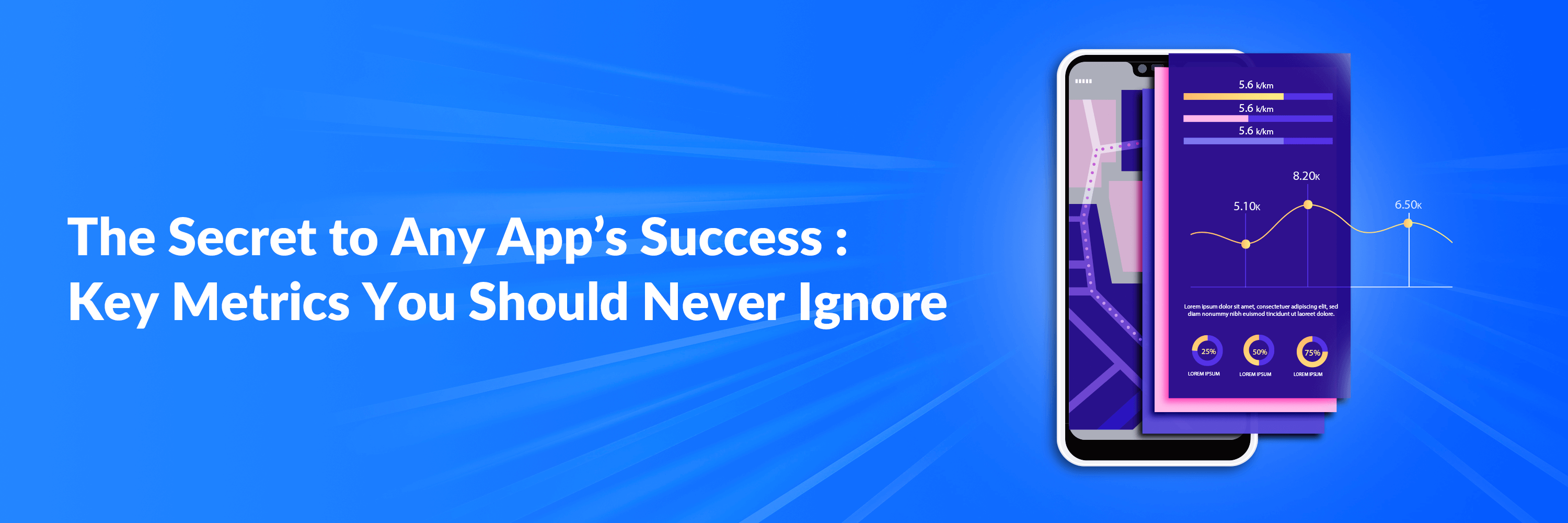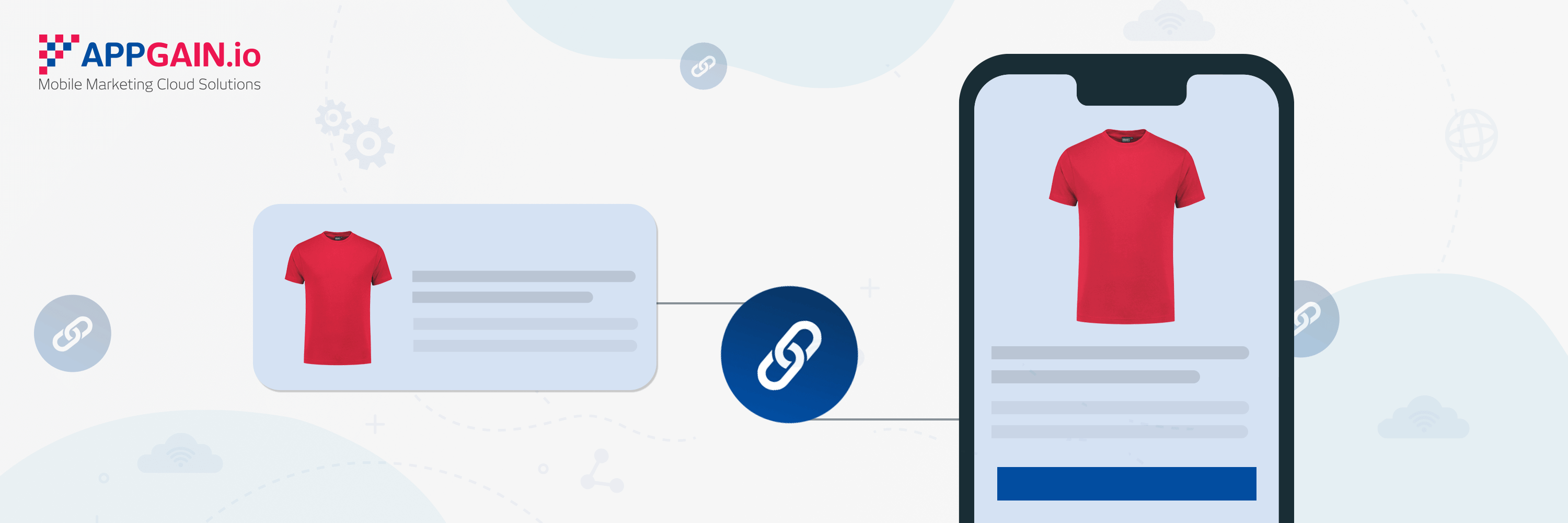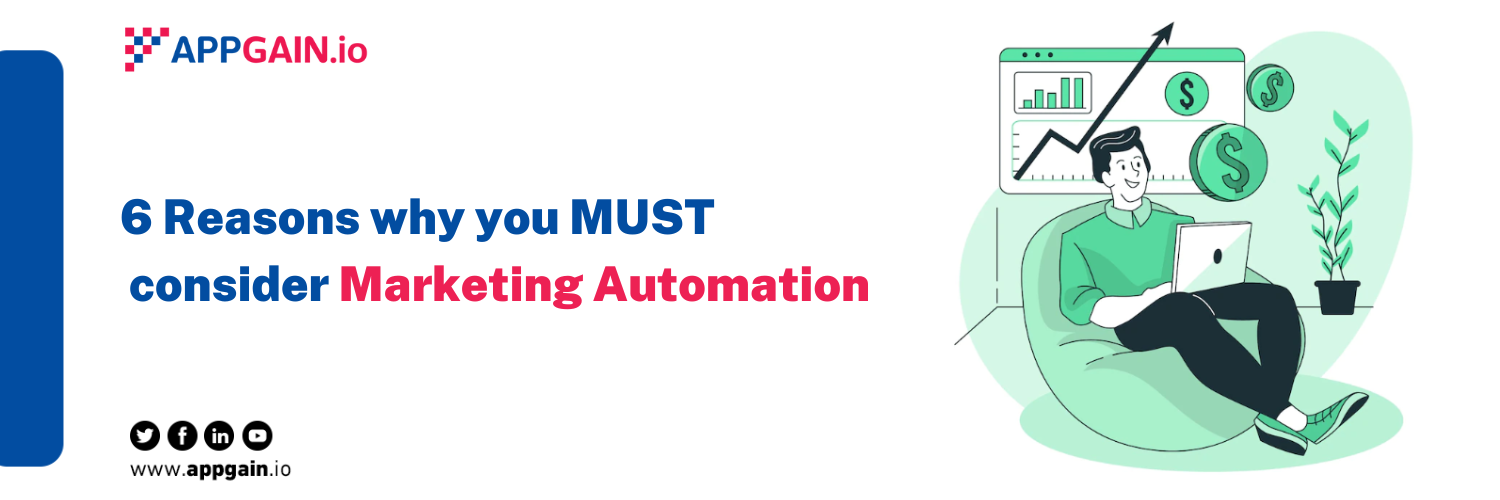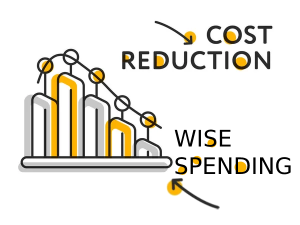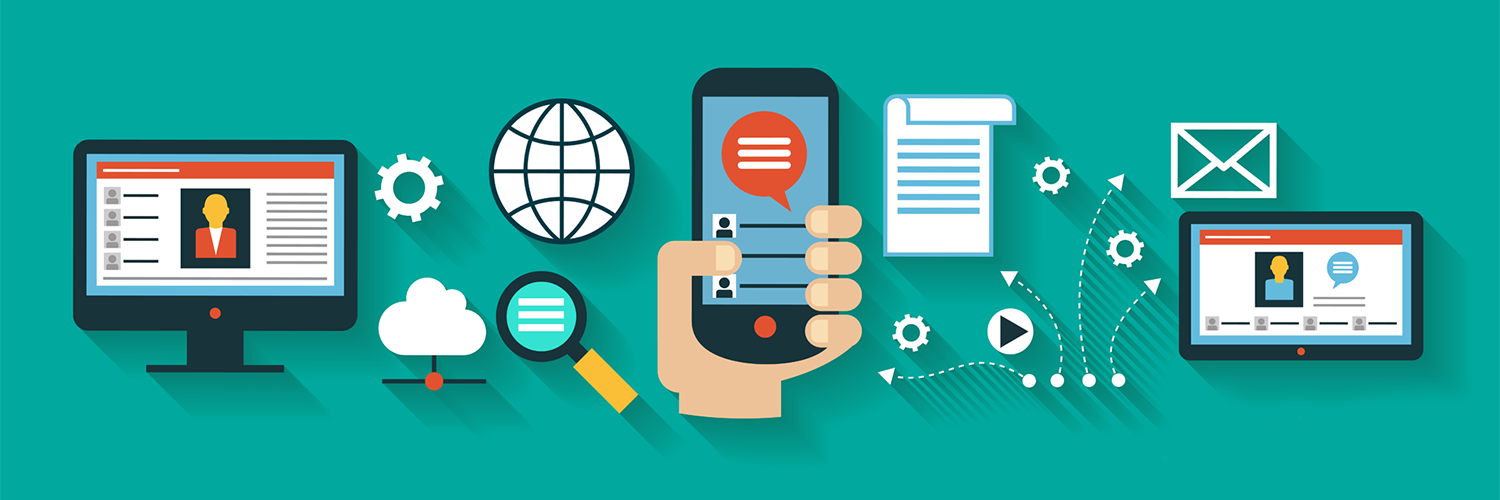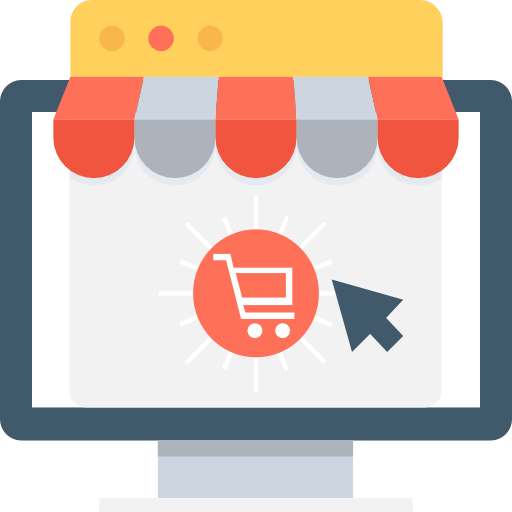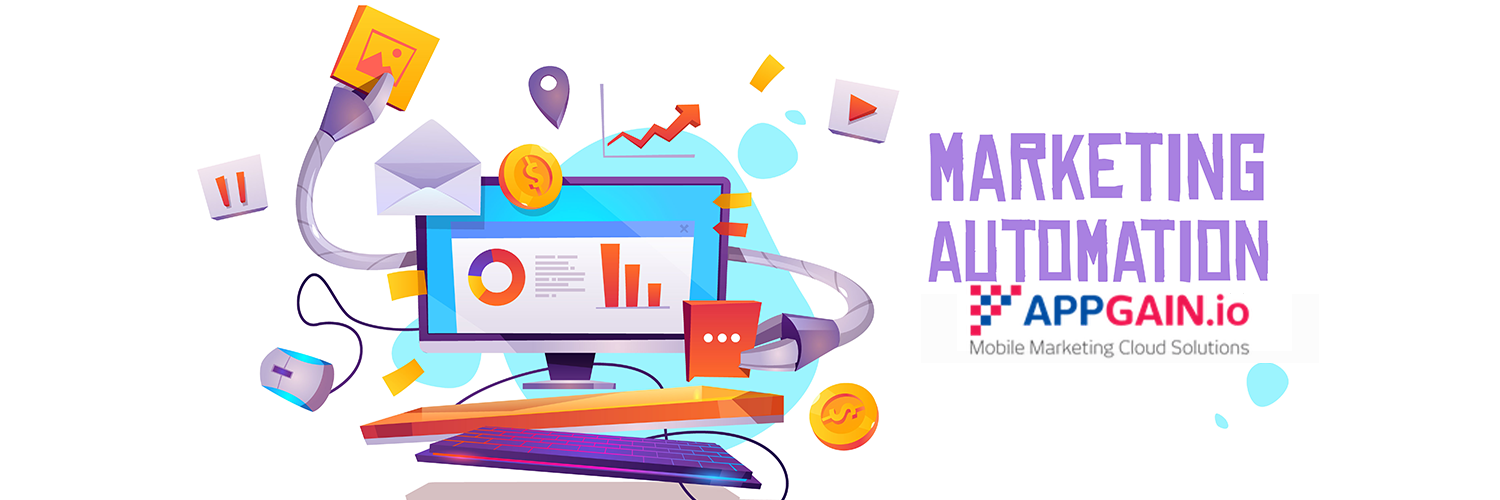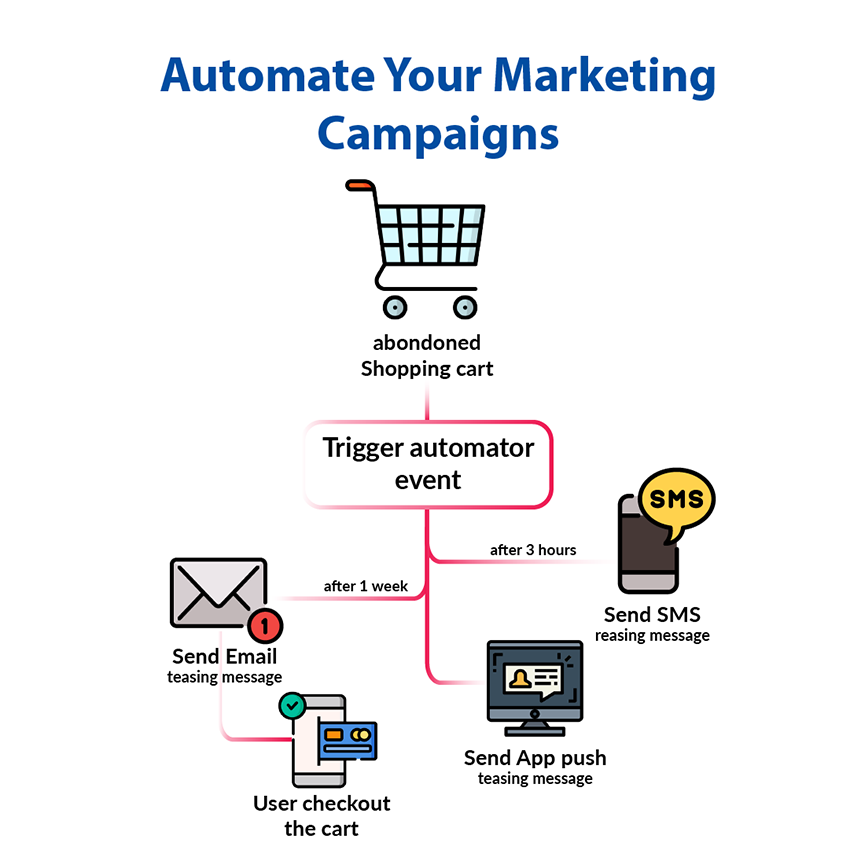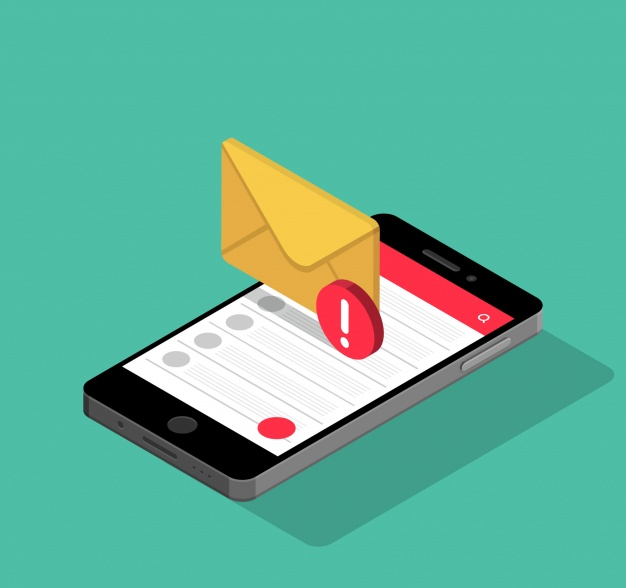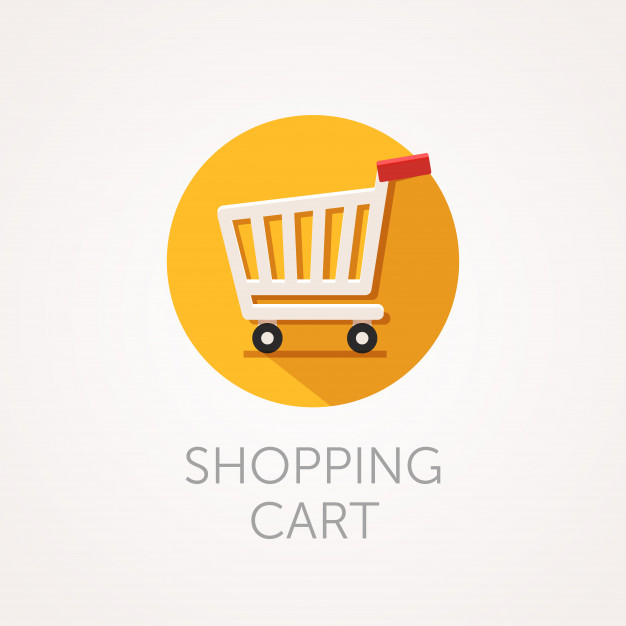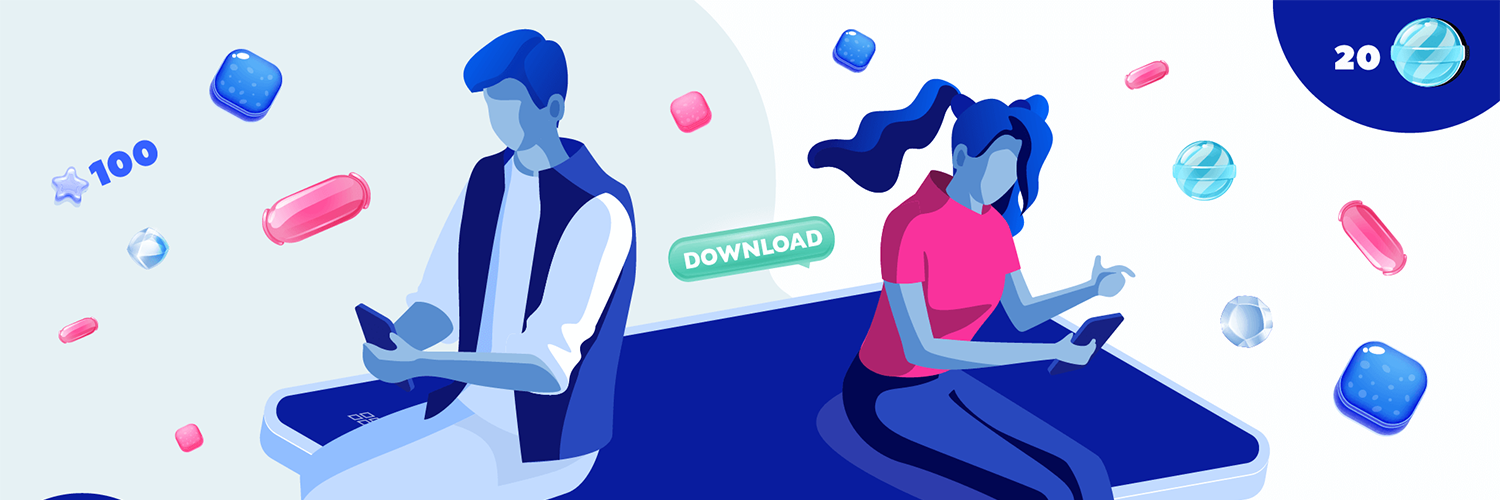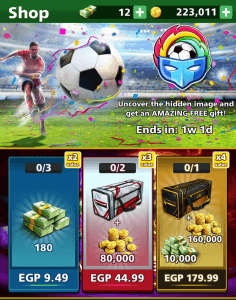Previously in part 1 in Mobile App Marketing guide, we started to address the big issue of how to acquire, engage and most importantly, retain our mobile app users. Looking up to the AARRR Model, we have discussed in details our first pillar – user acquisition – and now it’s time to move to our second pillar in our mobile app marketing growth model.
II- Mobile App User Activation (Engage)
Do users have a great first experience?
“Despite the rise in mobile, the majority of users stop using apps after the first 30 days!” Stated emarketer when researching on mobile apps’ engagement. More shockingly, “23% of mobile app users worldwide gave up on an app after using it JUST ONCE” According to Localytics. And the statistics go on and on, proving one thing: Engaging your app users’ definitely needs you to stand out with a super mobile app user activation strategies! (To see how you can boost your activation rates, visit Appgain activation for mobile apps page.)

Source: emarketer
From where to start?
We have two words for you: User Experience.
This is what is it all about actually. If you don’t create a one-of-a-kind user first experience once they login into your mobile app, then you will lose them, and believe me, you will have to do ENORMOUS work to retain them once more. So if you ever faced that problem “users didn’t come back after their first login to my app,” then you need to fix your user experience strategy IMMEDIATELY!
Mobile App User Activation checklist for your upcoming Mobile App Marketing strategy
1- Plan your users’ life cycle thoroughly (Plan. Every. Single. Step.)
- Map out many scenarios starting from, the very first-moment users log in, the appending, leaving with a great first impression.
- Make every step users take inside your app enjoyable and worth your users’ time.
- Don’t forget to make it as creative as possible!
These are not a checklist point for this phase only; you must map your users’ journey in every phase of your mobile app marketing plan. So you might need to consider applying this to acquisition and retention phases as well. (To see how Appgain helps companies to increase their acquisition rates, visit Appgain acquisition for mobile apps page.)
Tools to utilize when planning your Mobile App Marketing lifecycle:
gliffy: online diagram editor for creating and sharing network diagrams, floor plans, user interface designs, and more.
Lucidchart: Your Flowchart Maker, From brainstorming to project management

2- Go to extra mile
The more you skip boring procedures to your users, the more comfortable they feel while navigating in your mobile app, the higher activation rates you’ll generate. You can try the following:
- Don’t ask for unnecessary extra data
- Pre-fill their forms using their social media accounts or their registered email
- Automatically get them back to the same spot they left from, without having to do all the elementary steps again.
Tools to support your users:
Zendesk: “builds software for better customer relationships and allow businesses to be more reliable, flexible, and scalable.”
Stackify: “Improve application performance by combining monitoring, errors, logs, and metrics.”
3- Never skip the onboarding tutorial, it’s crucial for Mobile App Marketing
How would you feel when you enter a completely foreign place for the first time, and you found no one waiting over there to welcome you and to offer some tour guiding? Unwelcomed and a bit lost?
This is what your users feel exactly without your onboarding tutorial. Offer users an orientation on how to use your app; give them a tour to discover the options available and a showcase to what makes it unique.
Onboarding Tutorials Tools:
Appcue: Walkthroughs & in-app messages to drive engagement, habit creation and boost user growth rates
Appgain.io: Smart deep links that deliver personalized your app user experience and guarantee boosting your mobile app user activation – rates by 78% in just one week

4- User-Friendly Navigation system (UI/UX)
Make it flow smoothly. Making your app easy to use is one step closer to the success of your use mobile app user activation plan; people hate slow and complicated systems.
- Use tools and technologies that can guarantee to move quickly from one window to the other one.
- Let them move through clear and short steps
- Utilize a call to actions that quickly respond to any order given by the user.
Bear in mind that your slow app operating system will accordingly case a prolonged generating process for user growth rates for your app.
UI/IX Designing Tools:
UX-App: “Interaction and User Interface Design Software”
Appgain.io: “Deep links tool that shortens the path from email to specific pages inside your app with shareable and feasible varieties of deep links.”
5- Personalize your app
A user is navigating among many apps at the same time, and then he got a message from your app calling him with his name and mentioning something special cooked for him, what is the normal reaction for that? Of course, checking out the app!
Personalizing your messages will always grab users’ attention and boost your mobile app user activation rates. Use your users’ location, personal information, and purchasing behaviors to make it feels like it’s’ tailored-made to fit every single user. And just like marketing automation tools, you must apply this technique in your acquisition and retention phases.
Tools to customize your mobile app:
Intercom: “Modern products for sales, marketing, and support to connect with customers and help you boost your mobile user activation rates faster.”
Braze (formerly Appboy): “unite data, teams, and technology to create brilliant brand messaging experiences for customers everywhere.”

6- One last tip: always Respect your users’ will
Do not impose too many steps on your users, let them feel free while being on your app. Ask for permissions first before proceeding with any action like rating the app or filling a form for an Example: If it is a gaming app, then offer free icons or gift when evaluating and reviewing the app for the first time.
And of course, publishing an app that offers nothing will never engage users or boost your user growth rates, even if you mastered all the points mentioned above! Just make sure that there is a real added value in your app, utilize the above points accordingly, and then enjoy having some happy and loyal users for your mobile app.
III. Mobile App User Retention
Do users revisit your app?
Getting discovered, downloaded, and leaving a good first impression is one thing, and keep your retention records up is a whole other thing. Statistics about mobile app user retention rates have stated that after three months of publishing your mobile app, an average of 75% to 80% of your users will stop using your app, and worst, some will delete it.


Terrifying facts that need a smart solution to rescue your app users rates from deflation and that’s what we are offering in here!
The key solution to win the challenge of reducing that churn is: turn your users to a group of loyal customers who are constantly engaging with your app until they become your app advocates! Let’s learn some tricks on how to do so.
1- Give them the incentive!
What are the motives you offer for users to constantly revisit your app? Think thoroughly about this question; the answer will guide through the retention phase
Hint: Always offer rewards, promotions, coupons, and other stuff like these to engage your users and motivate them to revisit your app constantly.
Tools to assist you in this:
Tapjoy: “drives peak performance for the world’s top brands and highest-grossing app developers.”
Amplitude: “Mobile App User Retention analytics for stopping churn in its tracks.”
2- Launch re-engaging campaigns
If you have to choose between launching a campaign to acquire more users or to apply a mobile app user retention plan to the current ones, definitely go with retaining!
- Always create re-engaging campaigns that include competitions, awareness about the new update or offers made especially for old users.
- Continuously utilize your users’ data (their behavior, their history using your app, their names, etc.) to create an effectively personalized re-engaging campaign that is targeting retaining your old users
Tools to assist you in this:
Optimove: “Drive measurable mobile app user retention rates through your existing customers.”
MoEngage: “The most advanced user engagement platform for web, mobile & across devices.”
When using push notifications, the churn rate would be minimized to the third! It would be a powerful tool especially if you used it in good timing, to the right audience, and with some powerful words.
We have gone through push notifications in detail in some previous articles, and we highly recommend that one for you: Web Push Notification and how it is significant for Digital Marketers?
Tools to assist you in this:
Appgain.io: “a cross-platform push notifications tool that sends to your mobile app users retention messages on desktop or android mobile even if they removed your app.”
Pushbots: “a free push notifications service for mobile apps native and hybrid.”

Deep Links are a great way not only to retain users but also to make their journey back to the app more amusing and less boring.
- Consider the usage of deep links with your mobile app user retention plan to highlight the most important items you want your app users to reach.
- Instead of waiting for users to navigate all over your app to find these items out, cut it short by inserting deep links that move them directly to these important items.
- You can use deep links inside the app itself, or you can use them in push notifications, sponsored ads, emails, websites, or SMS.
Tools to assist you in this:
Appgain.io: “Increase your app conversion, mobile app user retention, and user engagement through mobile attribution and deep linking.”
Branch: “Bring users to the correct page in your app even though an install.”

5- Geo-Fenced Notifications:
You know that instant when you are walking in the street, and you got a message from your app telling that its offline store is two blocks away? Or when you have just arrived in that new city, and you find Uber texting, you are offering a ride?
This is how geo-fenced notifications work. It’s a location-based mobile app marketing tool that gives you the privilege of engaging and retaining the right users, at the right time, in the right place.
Tools to assist you in this:
Microsoft Azure: “Create intelligent apps using powerful data and artificial intelligence services.”
Proximi.io: “a developer platform offering you all the positioning technologies and Build apps that react to the physical world.”

6- Be Reachable!
One of the reasons app users may abundant your app is the inability to contact or reach you. So while upgrading your mobile app marketing plan, make sure that you did the following:
- created a space for developing a “contact us” information
- Inserted an FQA tap
- Provided space for users to directly in-message you without having to leave the app
That way users will always be able to keep in touch with you and accordingly to be continuously retained.
Tools to assist you in this:
HelpScout: “Make every customer service interaction a more human one through makes excellent customer service achievable for companies of all sizes.”
Zendesk: “Cloud-based help desk solution used by more than 200000 organizations worldwide.”
7- Don’t be boring, spice up your mobile app marketing campaign
Users may like you at first, and you may think “oh yeah I did it,” and then you stop developing your app
A FATAL MISTAKE. If you are not offering something new now and then,
your users will find something more entertaining for them to pursue and you will lose all the new mobile app user
retention achievements you have worked hard to reach.
8- Put yourself in your mobile app user’s shoes
“What makes me give up on an app although I liked it at the beginning?”
Ask yourself this question while working on your mobile app marketing plan?
and whatever the answer is, make sure that you are not repeating the same mistake in your app.
Always treat your users like they have just joined your app, cherish them with special offers and always present the newest stuff you could ever create; that’s when you can triumph the mobile app user retention challenge.
Follow appgain.io step-by-step mobile app marketing guide to acquire, engage, and retain users – part 3 and get to know the rest of AARRR pillars: Revenue and Referral.
and if you missed part 1 you could see it here.
Still, got questions? Do not hesitate to reach out and Contact Us! Request Demo now.

